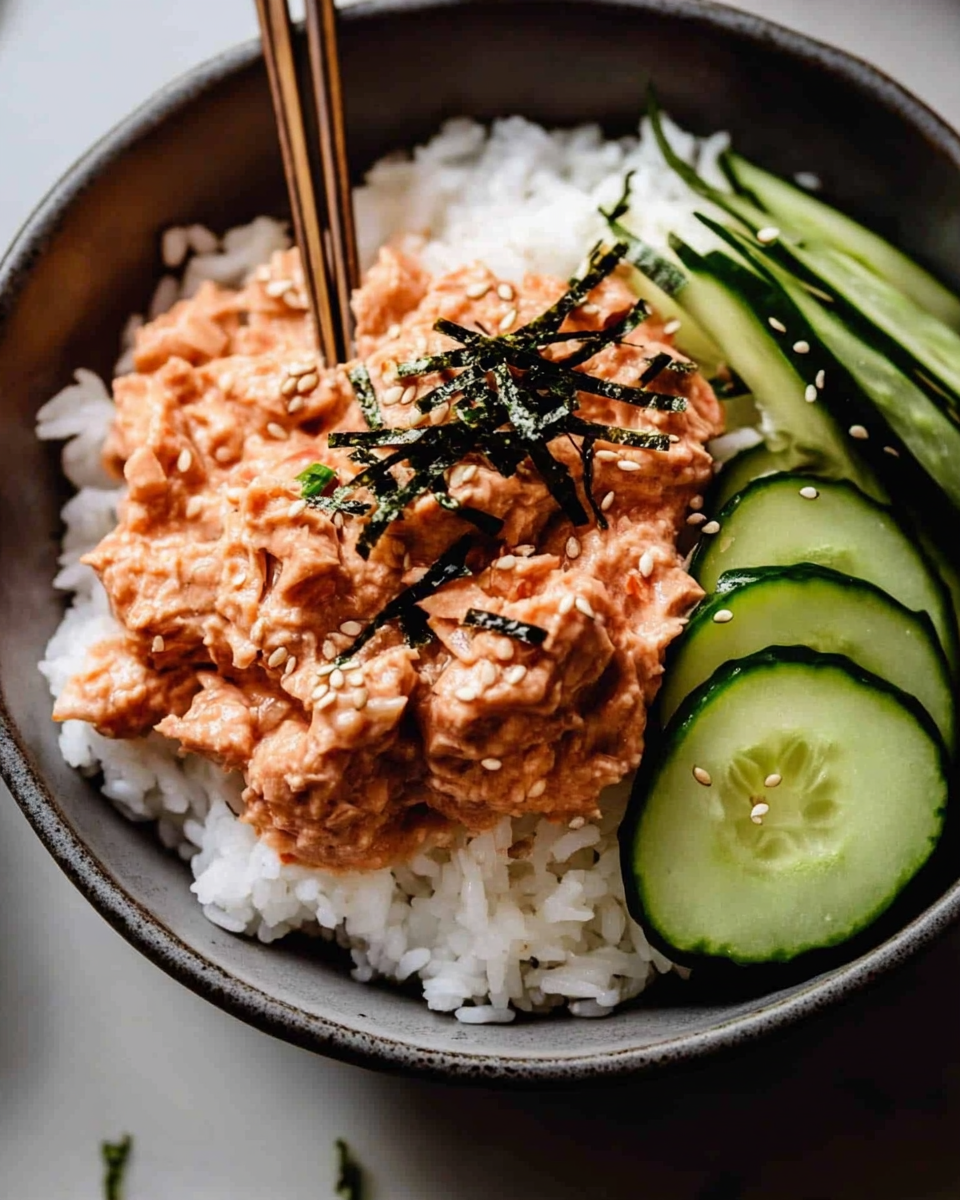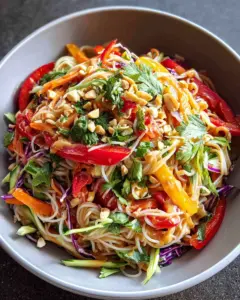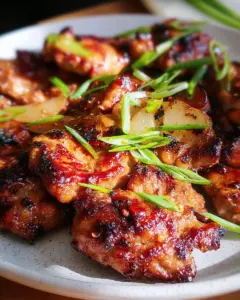Tuna rice bowls are a simple yet satisfying dish inspired by Hawaiian poke bowls, combining creamy, spicy tuna with fluffy rice and crunchy toppings. This budget-friendly meal takes just 5 minutes to prepare, making it ideal for quick lunches, easy dinners, or meal prep. The contrast of textures—soft rice, rich tuna, and crisp vegetables—creates a balanced bite every time. Whether you’re a fan of spicy sriracha flavors or prefer a milder taste, this recipe is highly customizable with toppings like furikake, nori, or fresh cucumbers.

Preparation Phase & Essential Tools
Before diving into the recipe, gather the right tools to streamline the process:
- Mixing Bowls – Use a small bowl to blend the tuna and sauces evenly without crushing the fish.
- Rice Cooker or Pot – Perfectly cooked rice is the foundation of this dish. A rice cooker ensures consistent results, but a pot with a tight-fitting lid works too.
- Measuring Spoons – Precision matters for the sauce; too much sesame oil or soy sauce can overpower the dish.
- Knife and Cutting Board – Essential for slicing toppings like cucumbers or green onions thinly.
- Serving Bowls – Wide, shallow bowls showcase the layers of rice, tuna, and garnishes beautifully.
Why These Tools Matter
Using a rice cooker guarantees fluffy grains, while a sharp knife ensures clean cuts for toppings. Kewpie mayonnaise, a Japanese-style mayo, is creamier and slightly sweeter than regular mayo, enhancing the tuna’s richness. If you don’t have it, standard mayo works, but the flavor profile will differ slightly.
Preparation Tips for the Best Results
- Rice Texture – Slightly undercook the rice if you plan to store leftovers, as it softens over time.
- Tuna Choice – Oil-packed tuna retains more moisture and flavor than water-packed varieties.
- Chill Toppings – Refrigerate cucumbers or radishes before serving for extra crunch.
- Sauce Balance – Taste the tuna mixture before assembling and adjust sriracha or soy sauce as needed.
Ingredients List
Base Components
- 1 ½ cups cooked white rice – Short-grain rice works best for its sticky texture.
- 1 (5-ounce) can tuna, drained – Opt for oil-packed tuna for better flavor.
The Creamy Spicy Sauce
- 2 tablespoons mayonnaise – Kewpie mayo is preferred for its umami depth.
- 2 teaspoons sriracha – Adjust for heat preference.
- 1 teaspoon rice wine vinegar – Adds a subtle tang.
- 1 teaspoon toasted sesame oil – Enhances nuttiness.
- ½ teaspoon soy sauce – For saltiness and depth.
Optional Toppings
- Black sesame seeds – For visual appeal and a mild crunch.
- Furikake – A Japanese seasoning blend with seaweed and sesame.
- Sliced cucumber – Adds freshness.
- Nori strips – Provides a briny, oceanic flavor.
- Green onions – For a mild oniony bite.
Step-by-Step Directions
Make the Tuna Mixture
- In a small bowl, combine the drained tuna, mayonnaise, sriracha, rice wine vinegar, sesame oil, and soy sauce.
- Gently fold the ingredients together until evenly mixed. Avoid over-stirring to keep some tuna texture intact.
- Taste and adjust seasoning—add more sriracha for heat or soy sauce for saltiness.
Assemble the Bowl
- Place the warm rice in a serving bowl, lightly fluffing it with a fork.
- Spoon the tuna mixture over the rice, spreading it slightly but leaving some rice exposed for visual contrast.
Garnish and Serve
- Sprinkle with furikake or black sesame seeds for a savory crunch.
- Add cucumber slices, nori strips, or green onions for freshness.
- Serve immediately while the rice is warm and the tuna is creamy.
This Hawaiian-inspired tuna rice bowl is a versatile dish that adapts to your preferences—swap toppings, adjust spice levels, or even use brown rice for a healthier twist. In the next section, we’ll cover serving suggestions, common mistakes, and perfect pairings to elevate your meal.
A well-crafted tuna rice bowl balances textures and flavors in every bite. While the recipe is simple, these professional tips will help you avoid common mistakes and elevate your dish from good to exceptional.
Optimal Serving Techniques
Timing plays a crucial role in enjoying this dish at its best. Follow these guidelines for ideal presentation and texture:
- Temperature Contrast
Serve immediately after assembly while the rice is still warm. The slight heat gently melds the flavors of the chilled tuna mixture without making the dish soggy. If preparing in advance, store components separately and combine just before eating. - Layering Strategy
Create visual appeal by arranging toppings deliberately instead of piling them haphazardly. Place the tuna mixture slightly off-center, allowing some rice to show. Scatter sesame seeds or furikake in distinct sections rather than mixing them uniformly. - Utensil Choice
Provide deep spoons or chopsticks to help guests scoop through all layers efficiently. The bowl’s depth matters too – shallow, wide bowls (like traditional donburi vessels) prevent ingredient compression.
5 Common Mistakes and How to Fix Them
Even experienced cooks encounter these issues when preparing rice bowls:
- Soggy Rice Syndrome
Cause: Overcooked rice or premature mixing with wet ingredients.
Solution: Cook rice with slightly less water and let it cool for 5 minutes before assembling. For meal prep, store rice separately with a paper towel to absorb moisture. - Overpowering Sauce
Cause: Heavy-handed measurements of sesame oil or soy sauce.
Fix: Always mix the sauce in a separate bowl first, then gradually incorporate it into the tuna. Remember: you can add more, but you can’t remove excess. - Tuna Texture Troubles
Issue: Mushy tuna from over-mixing.
Technique: Use a fork to flake the tuna gently, then fold (don’t stir) the ingredients until just combined. Oil-packed tuna maintains better structure than water-packed varieties. - Topping Overload
Problem: Ingredients competing instead of complementing.
Balance: Limit to 3-4 toppings max. Choose contrasting elements – something crunchy (cucumber), something umami (nori), and something fresh (green onions). - Spice Imbalance
Warning: Sriracha heat can dominate if unchecked.
Control: Start with 1 teaspoon, then add more to taste. For sensitive palates, serve sriracha on the side rather than mixing it in.
8 Ideal Side Dishes to Complete Your Meal
While tuna rice bowls are satisfying alone, these accompaniments create a more substantial dining experience:
- Miso Soup
The savory broth complements the bowl’s richness. Choose white (shiro) miso for milder flavor or red (aka) miso for deeper umami. - Sunomono (Japanese Cucumber Salad)
Thinly sliced cucumbers marinated in rice vinegar provide a refreshing, palate-cleansing contrast. - Edamame with Sea Salt
Lightly steamed soybeans sprinkled with flaky salt add protein and a pleasant finger-food element. - Takuan (Pickled Daikon Radish)
The bright yellow pickle cuts through the dish’s creaminess with its sweet-sour crunch. - Hijiki Seaweed Salad
This nutrient-dense side introduces additional oceanic flavors and varied texture. - Agedashi Tofu
Crispy fried tofu cubes in dashi broth mirror the bowl’s soft-and-crisp textural play. - Japanese Potato Salad
The creaminess of this mayo-based salad with crunchy vegetables creates an unexpected but delightful pairing. - Spicy Wakame
For heat lovers, this marinated seaweed salad amplifies the bowl’s piquant notes.
Each side dish serves a specific purpose – some cleanse the palate between bites, others extend the umami profile, while a few add textural diversity. When selecting pairings, consider whether you want to mirror flavors (like with hijiki salad) or contrast them (as with sunomono).
Taking your tuna rice bowl from good to exceptional requires attention to detail. These advanced techniques and practical solutions will help you refine the dish while accommodating various dietary needs and meal prep scenarios.
Chef-Approved Recipe Enhancements
Elevate your basic recipe with these professional touches:
- Rice Alternatives
Swap white rice for short-grain brown rice for nuttier flavor and added fiber, or try sushi rice seasoned with a light vinegar mixture for authentic poke bowl character. For low-carb options, cauliflower rice works surprisingly well when patted dry to remove excess moisture. - Tuna Upgrades
While canned tuna is convenient, briefly searing fresh ahi tuna (about 30 seconds per side) and cubing it creates a luxurious variation. For sustainable choices, look for pole-caught canned tuna with MSC certification. - Sauce Variations
Replace standard sriracha with gochujang (Korean fermented chili paste) for deeper complexity, or mix in 1/2 teaspoon of grated ginger for brightness. Vegan? Use avocado oil mayo and substitute liquid aminos for soy sauce. - Texture Boosters
Add crushed wasabi peas or tempura flakes for unexpected crunch. For creaminess without extra mayo, include 1/4 mashed avocado in the tuna mixture.
Food Safety & Storage Guidelines
Proper handling ensures both quality and safety:
- Refrigeration
Store assembled bowls for up to 24 hours maximum, as the rice hardens and the tuna mixture dries out. For better results, keep components separate:- Tuna mixture: 2 days in airtight containers
- Cooked rice: 3-4 days with a damp paper towel over it
- Prepared toppings: 2 days (except cucumbers, which turn watery)
- Freezing (Not Recommended)
The mayo-based sauce separates upon thawing, creating an unappealing texture. Rice also becomes excessively dry when frozen and reheated. - Reviving Leftovers
Sprinkle 1-2 teaspoons of water over cold rice before microwaving (covered) for 30 seconds to restore moisture. Always refresh stored tuna with a few drops of sesame oil or lemon juice before serving.
Answering Your Tuna Rice Bowl Questions
Based on the most-searched queries:
Can I make this recipe vegetarian?
Yes. Substitute tuna with mashed chickpeas or marinated tofu cubes. Use the same sauce mixture, adding 1/4 teaspoon smoked paprika to mimic tuna’s depth.
How can I reduce the calorie count?
Opt for light mayonnaise or replace half the mayo with Greek yogurt. Increase vegetable toppings (like shredded carrots or radishes) to bulk up the bowl with fewer calories.
Is there a way to prepare this for a crowd?
Create a rice bowl bar:
- Set out a large tray of warm rice
- Offer tuna mixture in a serving bowl
- Arrange toppings in small dishes (label allergens like sesame)
- Provide both chopsticks and forks for convenience
Why does my rice bowl taste bland compared to restaurant versions?
Restaurants often use dashi-infused rice (cooked with kombu seaweed) and premium artisanal soy sauce. Try adding 1/2 teaspoon bonito flakes to your rice cooker or splurging on aged soy sauce.
Can I use quinoa instead of rice?
Absolutely. Rinse quinoa thoroughly before cooking to remove bitterness, and consider using a 1:1.25 quinoa-to-water ratio for ideal texture. The nutty flavor pairs well with the tuna.
The Final Bite: Why This Recipe Works
Tuna rice bowls succeed because they solve multiple modern dining dilemmas. They’re:
- Time-smart (5-minute assembly)
- Budget-conscious (under $3 per serving)
- Nutritionally balanced (carbs, protein, and veggies in one bowl)
- Customizable for allergies, diets, and preferences
This Hawaiian-inspired dish bridges convenience and flavor—proof that fast meals don’t require sacrificing quality. Whether you’re meal prepping for the week or needing an instant dinner solution, mastering these bowls means always having a delicious, photo-worthy option at the ready.
For further inspiration, explore our guides to poke bowl variations or Japanese pantry essentials to continue your culinary journey.
Tuna Rice Bowls
Ingredients
- 1 ½ cups cooked white rice
- 1 5-ounce can tuna, drained (oil-packed tuna preferred)
- 2 tablespoons mayonnaise Kewpie Japanese mayonnaise preferred
- 2 teaspoons sriracha
- 1 teaspoon rice wine vinegar
- 1 teaspoon toasted sesame oil
- ½ teaspoon soy sauce
Optional Toppings:
- Black sesame seeds
- Furikake
- Cucumber sliced
- Nori seaweed, cut into strips
- Green onions sliced
Instructions
Make the Tuna Mixture:
- In a small bowl, combine the tuna, mayonnaise, sriracha, rice wine vinegar, sesame oil, and soy sauce. Mix until well combined.
Assemble the Bowl:
- Add the cooked white rice to a serving bowl. Spoon the prepared tuna mixture over the top.
Garnish & Serve:
- Sprinkle with your choice of toppings such as sesame seeds, furikake, cucumber, nori, or green onions. Serve immediately.
- Notes
- Store leftovers in an airtight container in the refrigerator for 1–2 days.
- For meal prep, keep the rice and tuna mixture stored separately in the fridge for up to 4 days to maintain freshness.






